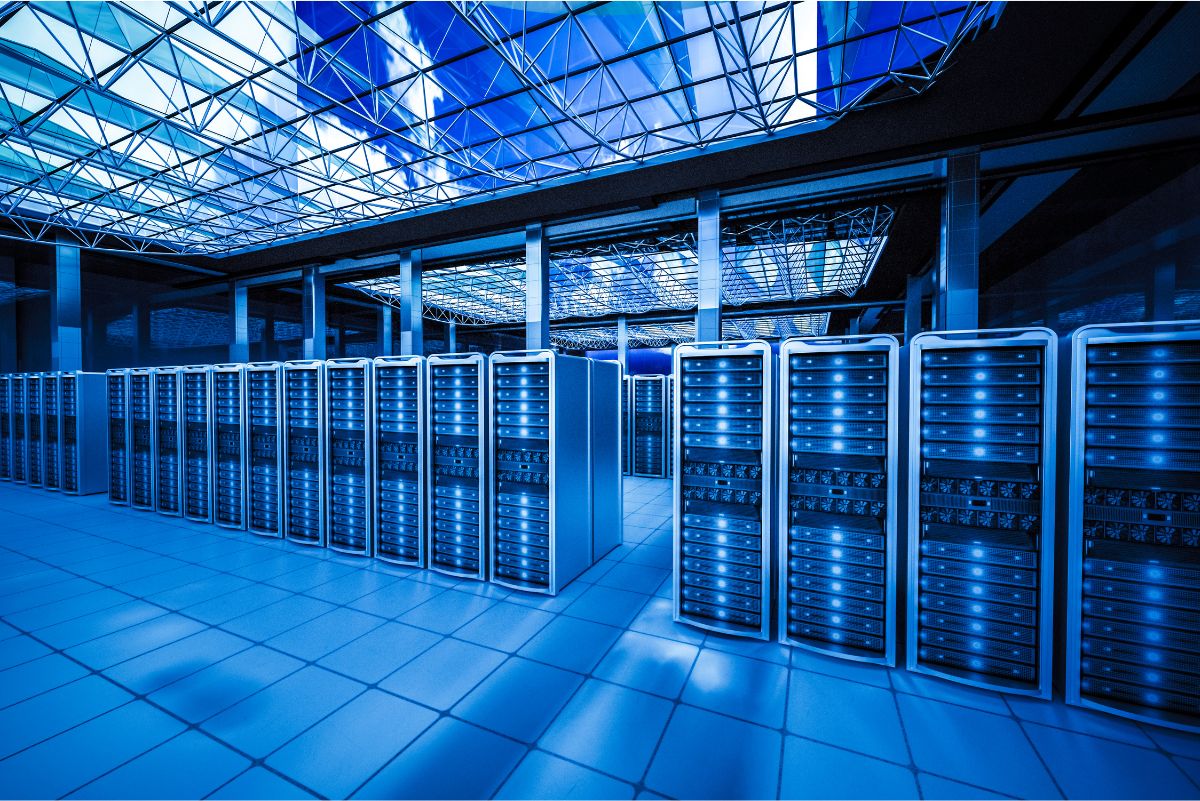Supply Chain Executives can’t have it all, here are 4 things they can aim for
 ‘‘I want highly automated systems, a value chain network that optimizes my service and costs, the best talent available and the necessary predictability so that I can smartly invest in physical infrastructure.’’
‘‘I want highly automated systems, a value chain network that optimizes my service and costs, the best talent available and the necessary predictability so that I can smartly invest in physical infrastructure.’’
It’s becoming clear that supply chain executives aren’t going to get all that they want. Traditionally it takes at the very least 2 years to realize investments in technology and physical infrastructure. Consider that 2 years ago oil was trading at more than twice the current rate, China wage rates were 20% less than today and 40% of supply chain talent with deep analytical expertise was paid by a different employer.
It seems that the ‘art of supply chain’ would better serve its stakeholders by becoming ‘the science of supply chain scenarios.’ If you subscribe to this view, I’d propose 4 key building blocks to enhance your supply chain capability:
1. Continue to invest in your ERP system of record until it does an amazingly seamless and robust job of executing business critical tasks that we know are unlikely to be changed within a decade. In 2025, we’re still likely to have accounts payable & accounts receivable, we’re still going to have to share forecasts with suppliers and place orders. ERP systems perform such an important function for our business that any disruption would be similar to decoupling your teenager from the internet.
2. Look for a different kind of supply chain development team. Think less systems integration, think more innovation through scenario building and execution and think about analytics / operational research (OR) talent that will be needed to create scenario models and applications. Today we see only 25% of supply chain development teams having deep analytical / OR skills. We’re going to need to organize these teams into Centers of Excellence and invest time, money & effort into developing these teams because we see the demand for these skills only increasing. If you don’t entertain their intellect, someone else will.
3. Leverage flexible systems of innovation and differentiation like AIMMS. While ‘static’ processes will leverage ERP, you shouldn’t look to ERP for your Supply Chain Planning and Optimization needs – as we wrote in a previous post. Instead, highly dynamic business decisions should be enabled through flexible platforms that are able to facilitate the conversion of data and insight into scenario models, and subsequently convert these models into highly differentiated enterprise apps. Many of our clients have been leveraging this capability for years.
4. Reconsider your commitment to physical supply chain infrastructure. Assets that are largely indifferent to major market changes might be owned and large investments should drive efficiency but a minority of the network will need access to good assets while remaining low on the commitment front. This isn’t simply outsourcing and we’ve got to expect technology to help us here in a similar way that Uber transformed a different traditional market.
I strongly believe that supply chains that best reveal balanced scenarios, execute rapidly through their expert team and are able to reliably move through this ongoing cycle will enjoy a true competitive advantage. Do you agree?





